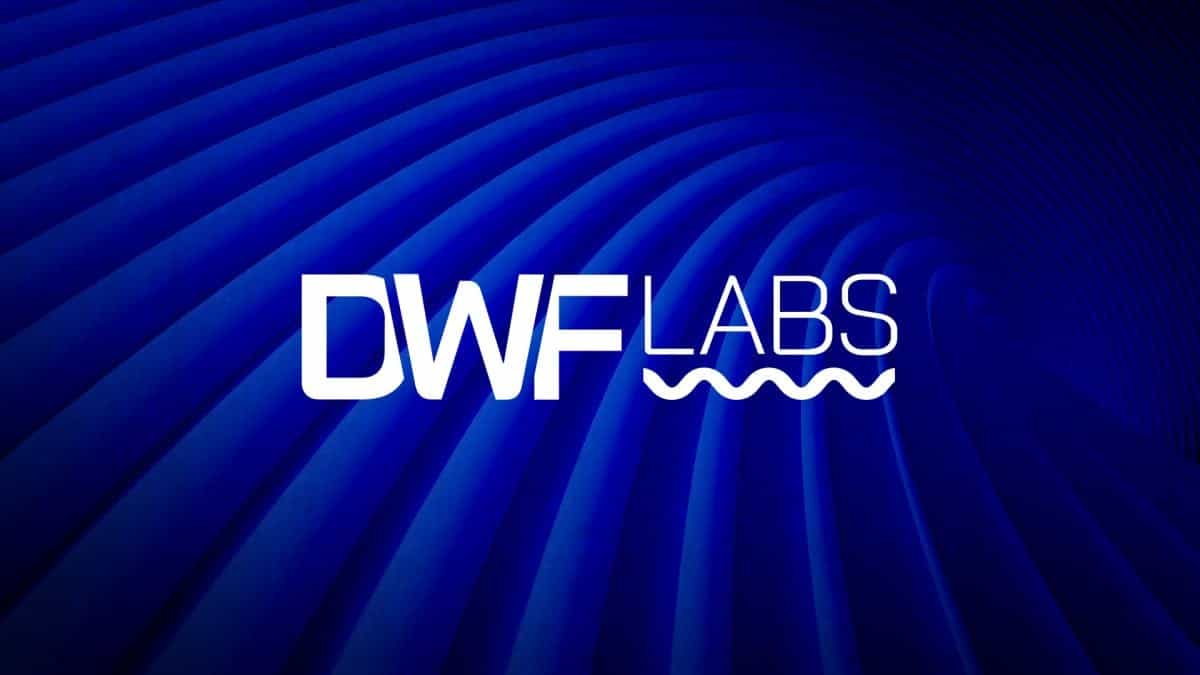What is the difference between Bitcoin and Ethereum?


Bitcoin  BTC
-1.21%
and Ethereum
BTC
-1.21%
and Ethereum  ETH
-1.61%
, the two most popular cryptocurrencies, differ significantly in their purpose and functionality.
ETH
-1.61%
, the two most popular cryptocurrencies, differ significantly in their purpose and functionality.
Bitcoin, the first cryptocurrency ever created, is often referred to as digital gold due to its scarcity and durability. It primarily serves as a store of value and a medium of exchange, facilitating transactions without the need for a central authority.
On the other hand, Ethereum is more than just a cryptocurrency. It is a decentralized platform that enables the development and execution of smart contracts and decentralized applications (dapps), with its native cryptocurrency, ether, being used to power these operations.
Ethereum vs. Bitcoin: A comparison of two leading cryptocurrencies
From a technical standpoint, Bitcoin and Ethereum also have distinct characteristics. Bitcoin transactions are mainly monetary, with blocks added to the blockchain approximately every 10 minutes. Ethereum, however, allows for transactions that contain executable code, enabling the creation of smart contracts and dapps. Blocks on the Ethereum network are added roughly every 15 seconds, making transactions faster than on the Bitcoin network.
Another key difference is the consensus mechanism each network uses. While Bitcoin uses a proof-of-work consensus, Ethereum uses a more energy-efficient proof-of-stake consensus algorithm.
Lastly, while both Bitcoin and Ethereum face scalability issues, they are both using a system of layers to solve this issue. Bitcoin developers are working on the Lightning Network, a Layer 2 solution that would allow for quicker and cheaper transactions. Similarly, Ethereum uses Layer 2 solutions that group large amounts of transactions before submitting them to the Ethereum blockchain, effectively reducing transaction fees.
How Bitcoin mining differs from the Ethereum validation process
Bitcoin uses a proof-of-work mechanism, where miners compete to solve complex mathematical problems using their computational power. The first miner to solve the problem gets the opportunity to add a new block to the blockchain and is rewarded with Bitcoin.
This Bitcoin mining process, while secure, is energy-intensive and has been criticized for its environmental impact. Bitcoin miners, known as nodes, validate transactions and maintain the network's security.
On the contrary, Ethereum uses a proof-of-stake model. With this model, validators are chosen to create a new block based on their stake, or the amount of cryptocurrency they hold and are willing to 'lock up' for a period. Validators propose and vote on blocks instead of competing, as in Bitcoin's model, making the process less energy-intensive.
Transaction speed and scalability comparison
One aspect to consider when comparing Bitcoin and Ethereum is the speed of transactions and their ability to scale.
Bitcoin can handle about seven transactions per second, with new blocks added to the blockchain approximately every 10 minutes. This rate, while secure, can lead to slower transactions and higher fees during periods of high demand. That said, the Lightning Network aims to accommodate a much larger transaction volume, potentially up to 15 million transactions per second, vastly improving Bitcoin's scalability.
On the other hand, Ethereum can process around 30 transactions per second, with new blocks added roughly every 15 seconds. It can also handle complex transactions related to decentralized applications.
Ethereum's approach to scalability involves multiple Layer 2 networks that use a variety of different technological approaches. The main idea is that these networks collect up large amounts of transactions and then submit them in batches to Ethereum, which is a much more efficient means of doing so. Some networks use optimistic rollups, like OP Mainnet, Arbitrum and Base, while others use rollups based on zero-knowledge proofs, like zkSync and StarkEx.
Disclaimer: This article was produced with the assistance of OpenAI’s ChatGPT 3.5/4 and reviewed and edited by our editorial team.
© 2023 The Block. All Rights Reserved. This article is provided for informational purposes only. It is not offered or intended to be used as legal, tax, investment, financial, or other advice.



